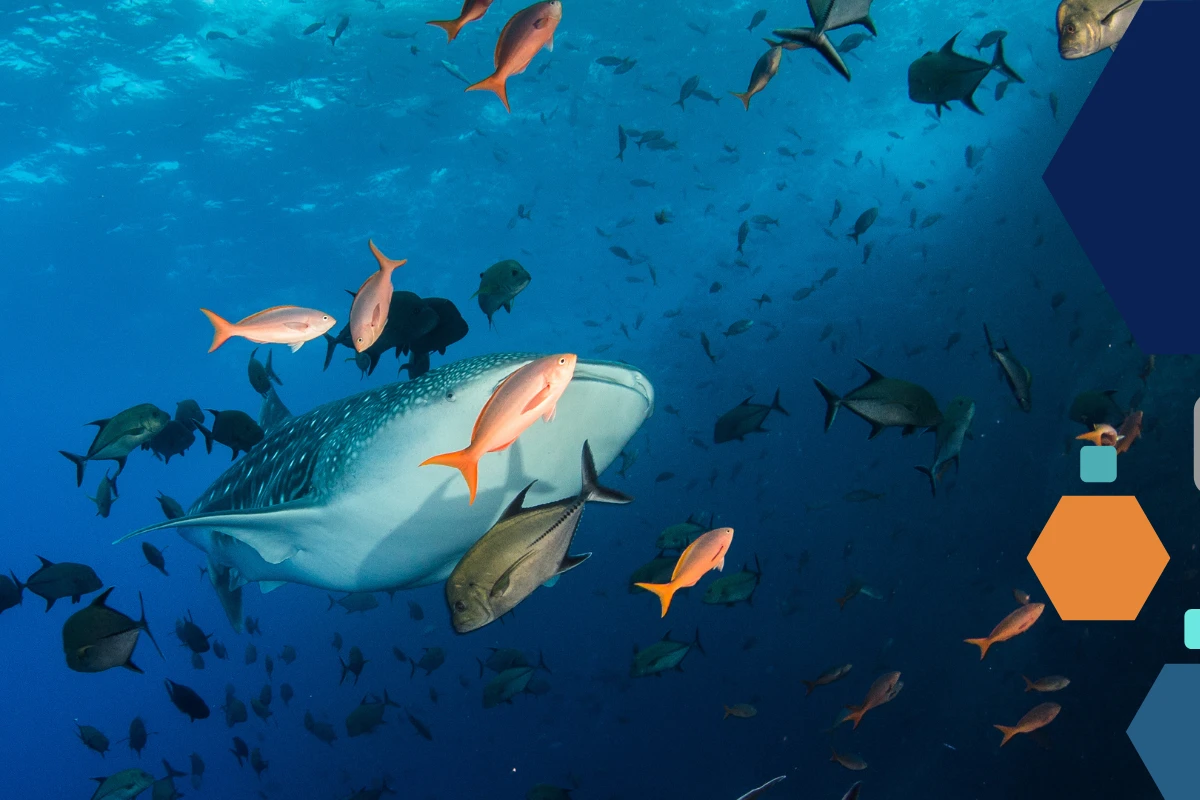Making a Real Impact with Public Data

We are living in the age of smart technology and integrated systems that enable the collection, processing, and storage of large quantities of data. Ideally, this data can then be scrutinised and used to benefit an organisation by leveraging retrospective strategies or assisting with organisational
improvement.
As a public organisation or charity that is working towards global, economic, and environmental improvement and sustainability, the purpose of collecting data and sharing it with the public is likely public awareness, a request for assistance or donations and to encourage specific ACTIONS or changes in behaviour. u
Considering the immensity of incoming data, consider the following questions:
- How will you ensure your shared data makes an impact?
- How will you be seen and heard?
- How will your data make a difference?
You Have Collected Your Data, Now What?
The true value of your data can easily get lost in the process of generating and distributing weekly status reports, monthly financial statements or annual reviews that are not creating the desired impact on your audience. Your organisation and its cause deserve to be seen a mile away.
We at Datalab believe in reporting on data with a difference. We know the value of data presentation and readability. There is an increased awareness around data democratization and the way the public receives this data plays a major role in how they will respond.
Your organisation is doing the good work, fighting the good fight. Let us help you get the word out there.
Let us bring your data to life.
We are working towards harnessing our skills to help charities, non-governmental organisations, and general do-gooders to have their voices heard. Data analytics and reporting is our bread and butter, and we want to share this capability with you.
As a Datalab initiative, we have taken the public data made available by the World Wildlife Fund (WWF) and applied our data analytics skills to demonstrate how public data can be brought to life:
Start Sharing Data with a Difference
Now it is your turn to make your mark and have your voice heard with clear, interactive visuals that grabs the attention of your audience at first glance.
No need for scrolling and reading large quantities of scripts by an audience already facing information overload. We are able to combine multiple data sources to create a clear, concise, attention-grabbing report that provides the audience with intuitive insights and awareness alongside a clear set of next steps.
In the WWF report, the audience is made aware of habitat and species conservation statuses and reference links are provided within the report, bringing the reader back to the WWF pages where a call-to-action exists. The reader is taken directly to actionable next steps they can take to get involved in making a difference for our planet, by:
- Standing up for nature
- Joining the WWF community
- Interacting with work done by the WWF
- Spreading the word
Understanding Your Audience
We do not only pride ourselves in our work as data analysts with the ability to generate impactful and meaningful reporting tools. We are also mindful of understanding how the audience interprets, absorbs, processes, and prioritises knowledge and visual information and applying this understanding to the way we structure our reporting.
Be mindful of the journey.
The goal is to take the reader on the most impactful journey, aiming to get the desired outcome through their interaction with your data. We do this in the following way:
1. Grabbing your audience’s attention
The use of colours and visual choices play an important role – the reader must immediately understand when they are looking at something important or critical and where these hotspots are located. This is visible in the way the conservation statuses are represented and in the use of the geospatial map. The audience is immediately brought to awareness of how many populations, regions and species are in a critical or vulnerable state.
2. Holding your audience
When it comes to holding your audience, the sweet spot between sharing detailed data and providing an overview - creating a desire in them to want to know more - is important. You want the reader to be informed but you do not want to lose their interest by flooding them with too much information. That is why detailed pages are sandwiched in the middle or towards to end of the report. These detailed tables are preceded by informative visuals and summary tables like the status pages, mapping tools and overviews.
The visual map acts as a multi-layered informative tool providing information of the location at a conservation status and biome level.
Context is created because now your reader is immediately aware of the vulnerable and critical state of the majority of Africa and Europe.
3. Invoking your audience to act
We know a reader will view the visuals in a report from left to right, top to bottom. In the WWF report, the call-to-action aspect is crucial.
Therefore, we plant the seed regarding the reported content to encourage the reader to view the entire report. Next, we provide call to action buttons at the top on all pages encouraging them to take the next step and act accordingly.
Let Us Take the Next Step with Your Data
Give your data the chance to create an impactful mark. We want to help you get the most out of your organisational data. Let your data work for you the way it is meant to. Reach out to us and start sharing with a difference.
Your work is important, the way it is shared should be too.
Data Sources:
Terrestrial Ecoregions of the World
Terrestrial Ecoregions of the World (TEOW) is a biogeographic regionalization of the Earth's terrestrial biodiversity.
WWF WildFinder Database
The WildFinder database contains presence/absence data for the world's terrestrial amphibians, reptiles, birds, and mammals, by terrestrial ecoregion
The IUCN Red List of Threatened Species
Established in 1964, The International Union for Conservation of Nature’s Red List of Threatened Species has evolved to become the world’s most comprehensive information source on the global conservation status of animal, fungi and plant species
If you have a data problem similar to this, contact us today or subscribe below:



